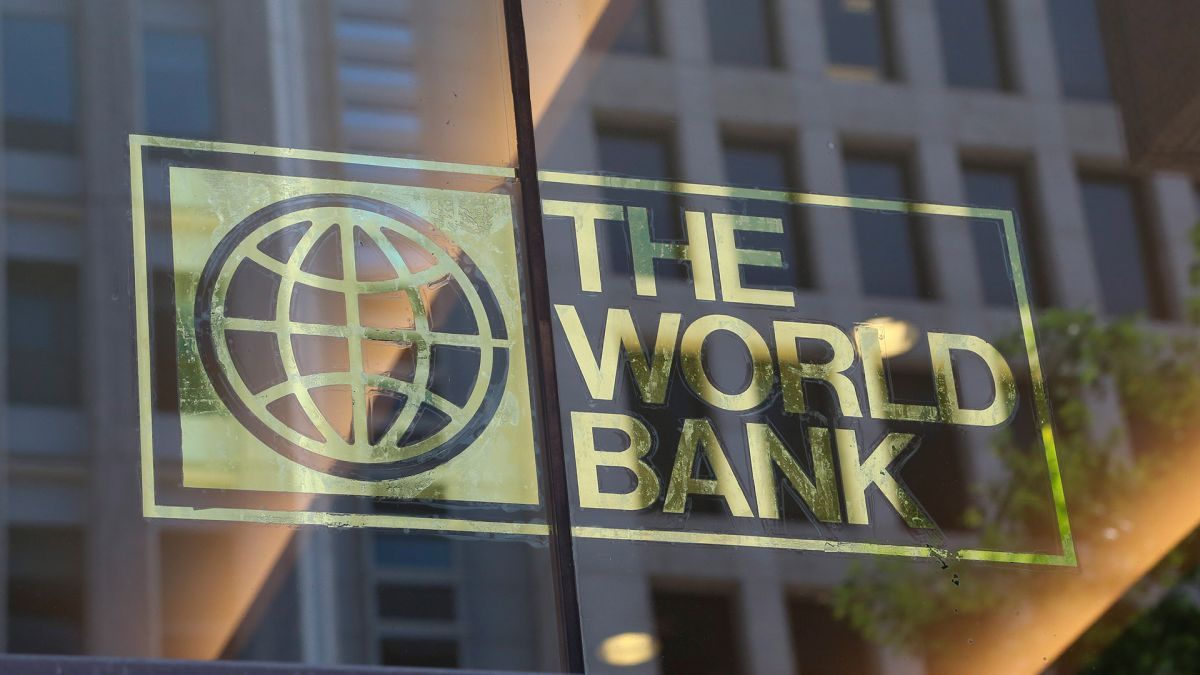“The regional slowdown reflects the tightening of financial conditions, the weakening of external demand growth, rapid inflation and high political uncertainty in some countries,” the statement published on Tuesday says about Latin America. The Bank expects GDP per capita for the entire region to grow by just 0.6% between 2019 and 2023.
world bank5.JPG
According to the official report, external and internal factors pushed inflation above the average estimated by central banks, which had an impact on households. Food and fuel prices accelerated rapidly, for which the authorities took the decision to raise interest rates to avoid the persistence of inflation. Additionally, even though COVID outbreaks have subsided, China suffered outbreaks that led to temporary plant closures, creating global supply bottlenecks.
The Russian offensive in Ukraine has also limited the supply of grains and fertilizers, which is why the prices of these raw materials have risen in international markets. This has benefited some producing countries in Latin America. “Prices of the region’s main exports are expected to be substantially higher in 2022, but the benefits for growth will be held back by a slow response in the production of some basic products and by the increase in input costs. , including energy and fertilizers”said the Bank in its report.
Fiscal and monetary policies are generally expected to be biased against growth in the near term, as monetary authorities tighten policy to combat inflation and the withdrawal of pandemic-related fiscal support continues.
Globally, the World Bank estimates economic growth of 2.9% this year. “Despite the negative impact on global activity in 2022, essentially no rebound is projected next year: global growth is forecast to pick up only slightly 3% in 2023, as many headwinds, particularly high commodity prices and continued monetary tightening—expected to persist,” the report says. “In addition, the outlook is subject to several downside risks, including intensifying geopolitical tensions, growing stagflation headwinds, rising financial instability, continued supply-side tensions and worsening food insecurity. ”, adds the Bank.
Russia and Ukraine
The Russian invasion of Ukraine will cause a 45.1% contraction of the country’s economy, as well as a sharp increase in the poverty rate that will affect 20% of the Ukrainian population according to the World Bank.
Under a baseline scenario that points to conflict containment, Ukraine’s economy could grow 2.1% in 2023 and accelerate to 5.8% in 2024.
As for Russia, the international organization anticipates a GDP contraction of 8.9% this year and 2% in 2023. For 2024, it estimates an expansion of 2.2% of GDP.
Source: Ambito
David William is a talented author who has made a name for himself in the world of writing. He is a professional author who writes on a wide range of topics, from general interest to opinion news. David is currently working as a writer at 24 hours worlds where he brings his unique perspective and in-depth research to his articles, making them both informative and engaging.




